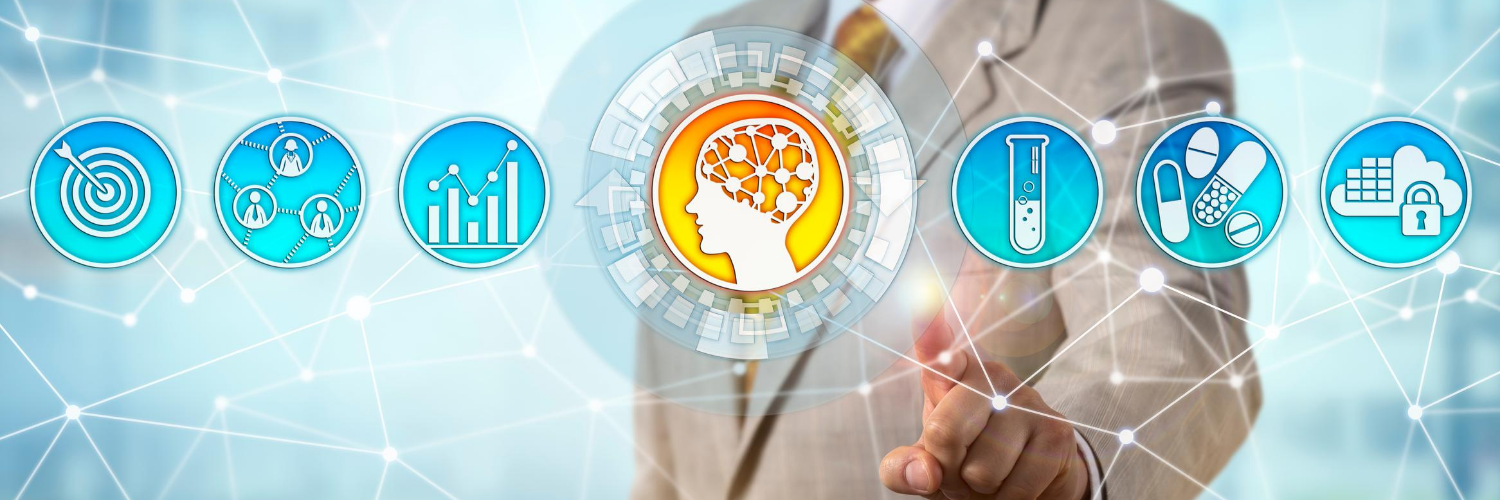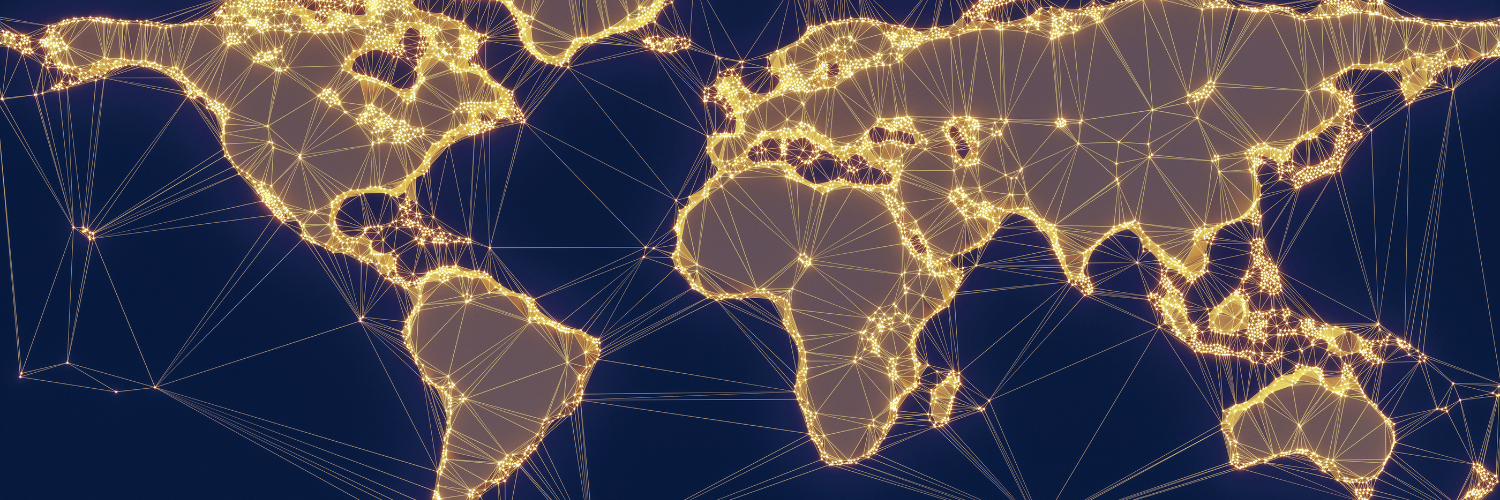Do pharmaceutical companies spend more on marketing than research and development?

Pharmaceutical companies say that they charge high prices for medications because they need that revenue to invest in research and development (R&D). While this argument is not complex on its face (drug research does require funding), drug affordability advocates and critics of Big Pharma have pointed out that more Pharma revenue goes to marketing than to funding R&D. PharmacyChecker analyzed the 2019 financial reports of five of the industry’s biggest names, illustrated in the table below. In all five cases, the companies spent more on marketing and sales than they did on research and development. Additionally, every company’s spending on research and development has increased only incrementally year over year. But, year over year, each mega drug company has seen a vast increase in revenue.
Pharmaceutical Company Spending on Marketing vs. Research & Development in 2019 |
|||
| Pharmaceutical Company | 2019 Annual Revenue (in millions) | Money (in millions) Spent on Research & Development | Money (in millions) Spent on Marketing and Sales |
| Eli Lilly | $22,320 | $5,595 | $6,204 |
| GlaxoSmithKline | €21,891 | €4,568 | €11,402 |
| Pfizer | $51,750 | $8,650 | $14,350 |
| Novartis | $34,252 | $9,402 | $14,369 |
| AbbVie | $33,266 | $6,942 | $7,439 |
PharmacyChecker Research July 2020
Pharmaceutical Industry Profiteering
If drug companies were not seeing massive profits after spending so much on R&D and marketing, this argument of increasing drug costs to cover further research might have legs. Surprise! That is not the case at all. Big Pharma is a very profitable industry. The companies that make your drugs regularly rake in profits in the tens of billions each year, at incredible margins.
In 2015, the average profit margin for pharmaceutical companies was 17.1%. Compare that to the average profit margin of the top 500 non-pharmaceutical companies: a mere 6.7%. Big Pharma’s profit margins were about 250% greater than other industries in 2015.
Johnson & Johnson was 2019’s eighth most profitable company in the world, according to Fortune. Forbes ranked Pfizer as number 23 in its list of the largest public companies (based on assets and value).
“Blockbuster” Drugs
Drug companies frequently make a large share of their profits from a few big-selling drugs that have earned the almost-too-playful title of “blockbuster drugs.”
Key examples are Sovaldi and Harvoni, two hepatitis C drugs in a class of their own in terms of profit. Sovaldi can cost as much as $1,000 per tablet. Both are manufactured by pharma giant Gilead Sciences, the same company that, earlier this year, requested orphan drug status of the potential COVID-19 treatment remdesivir. In 2014, Gilead’s revenues increased by 223% to $25 billion from $11.2 billion in 2013. A huge chunk of those dollars -- $10.3 billion -- was from Sovaldi.
The pharmaceutical industry is a for-profit industry: It is a business. Like most businesses, Big Pharma understands that marketing and advertising (not to mention lobbying) begets more money. And, let us not forget, pharmaceutical companies need a lot of money. How else are they going to pay their CEOs $17.9 million a year?




